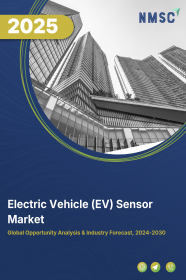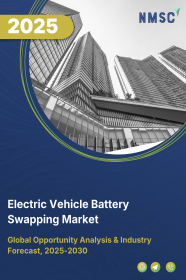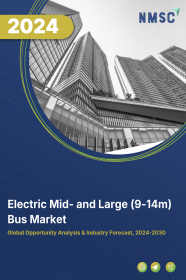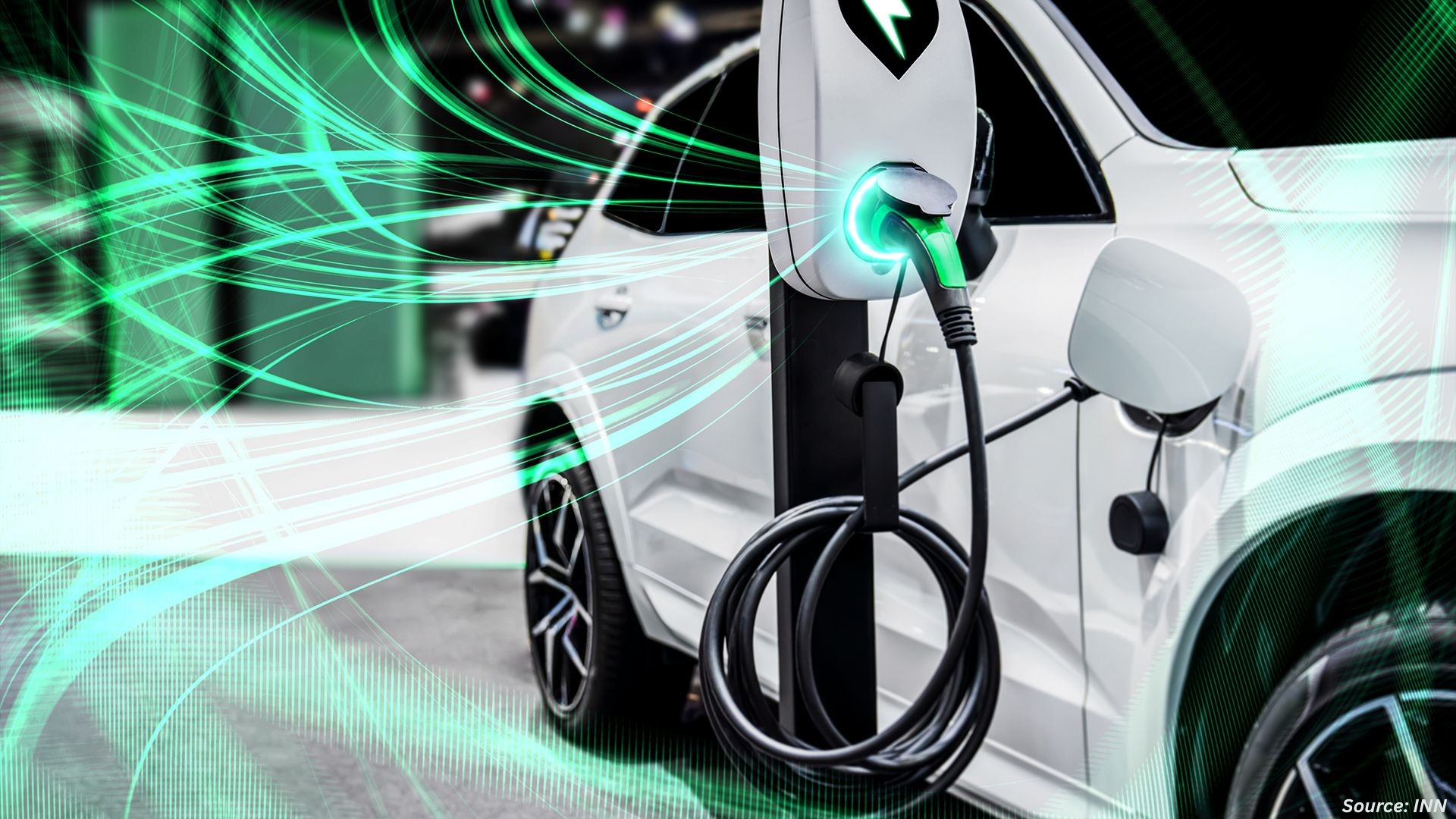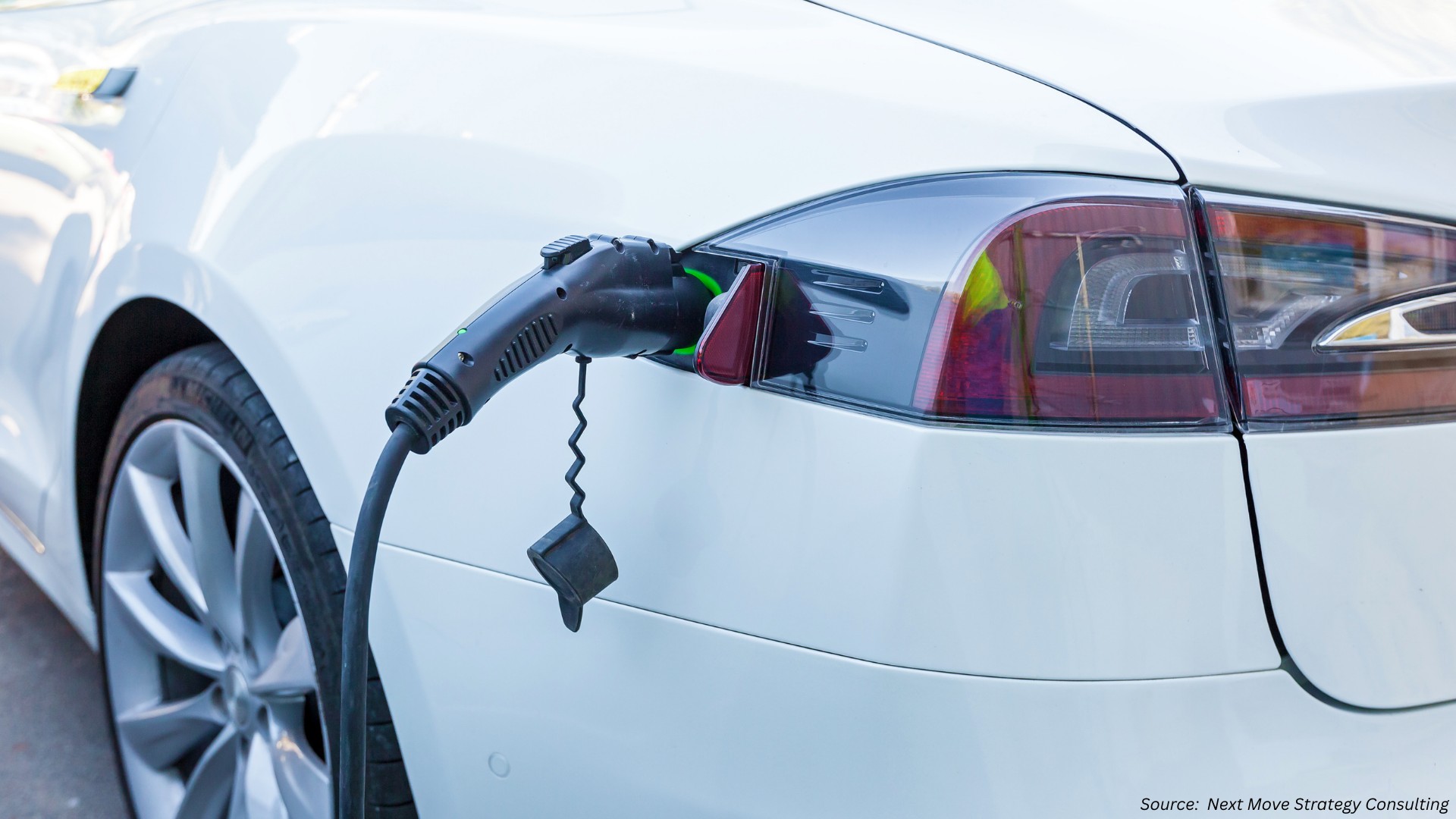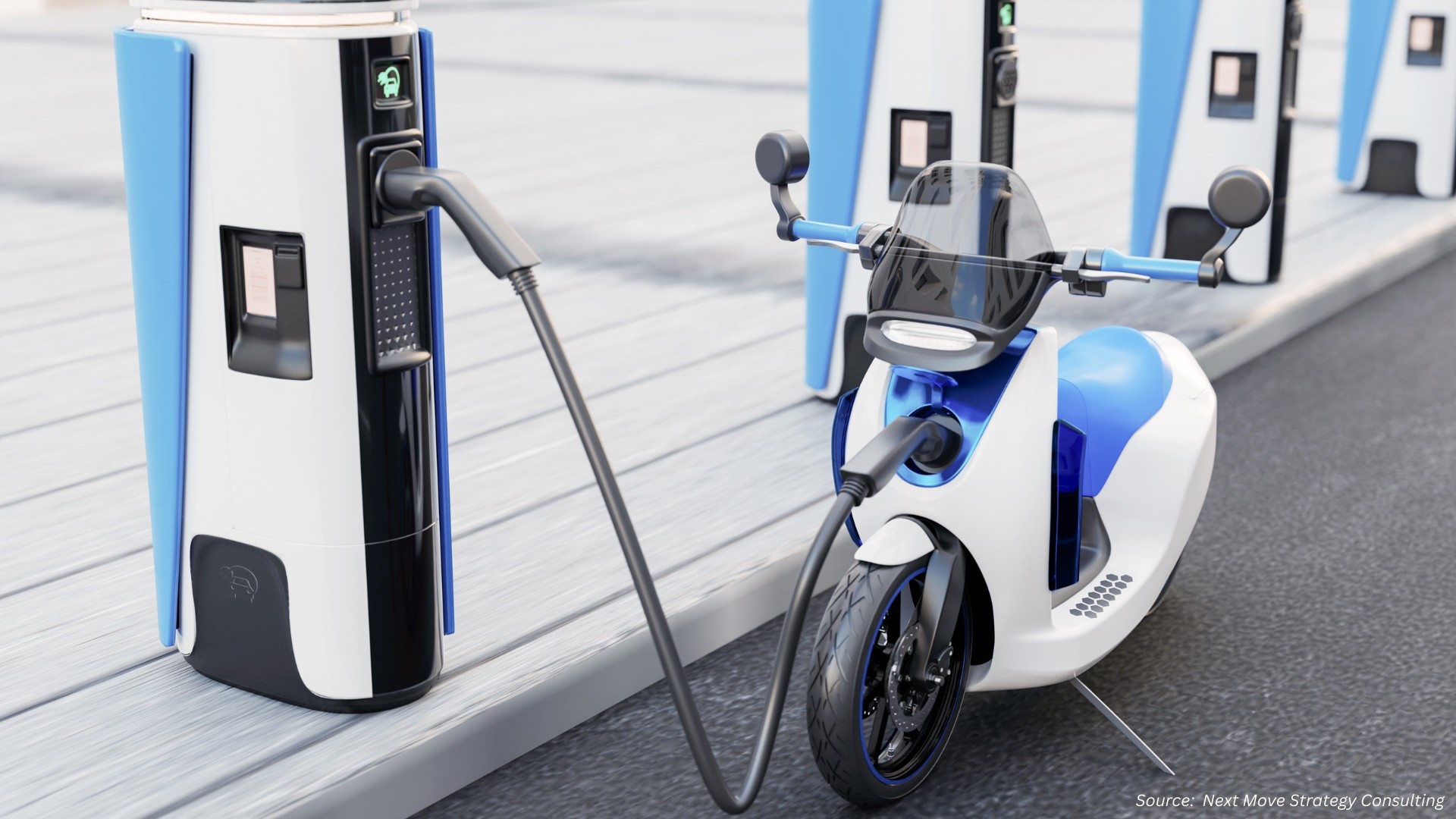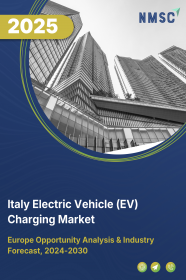
Italy Electric Vehicle (EV) Charging Market by Type of Charger (AC Chargers, and DC Chargers), by Charging Speed (Level 1, Level 2, and Level 3), by Connector Type (Type 1, Type 2, CCS, CHAdeMO and Others), by Installation (Fixed, and Portable), and by End User (Commercial, and Residential) – Opportunity Analysis and Industry Forecast 2023–2030 .
Industry: Automotive & Transportation | Publish Date: 23-Oct-2025 | No of Pages: 111 | No. of Tables: 142 | No. of Figures: 87 | Format: PDF | Report Code : AT852
Market Definition
Italy Electric Vehicle (EV) Charging Market was valued at USD 258.71 million in 2022, and is predicted to reach USD 2132.2 million by 2030, with a CAGR of 30.9% from 2023 to 2030. Electric vehicle chargers are essential components defined by the rate at which they deliver energy to an electric vehicle's battery. They form a crucial infrastructure connecting plug-in electric vehicles to power sources for recharging their batteries. These chargers play a pivotal role in facilitating the charging process for electric vehicles, including neighborhood EVs and plug-in hybrids, by linking them to electrical sources. Some charging stations even come equipped with advanced features like smart meters, cellular connectivity, and network access, enhancing their functionality.
Charging electric vehicles can occur through various levels, including level 1, level 2, and level 3. The charging speed escalates with higher levels, resulting in more power being delivered to the vehicle, reducing charging time significantly. Importantly, the adoption of electric vehicles contributes significantly to reducing carbon emissions and harmful gases, thus mitigating the environmental impact of transportation.
Recognizing the pressing need to address carbon emissions, electric vehicle charging infrastructure has seen higher penetration in commercial spaces than in residential areas. Public charging infrastructure, offering ultra-fast charging capabilities, proves invaluable for long-distance travel. Nonetheless, the residential sector presents substantial growth potential for EV chargers due to their affordability and convenience, making them an attractive option for those seeking a practical and accessible way to charge their electric vehicles.
Eu Green Deal Funding and Nextgenerationeu Plan Accelerate Infrastructure Investments
Italy’s EV charging market is experiencing robust momentum driven by strategic funding allocations under the EU Green Deal and the NextGenerationEU recovery plan. These EU-backed mechanisms are channeling substantial investments toward sustainable transport infrastructure, with a clear emphasis on decarbonization and digital modernization. As part of its National Recovery and Resilience Plan (PNRR), Italy has earmarked significant capital toward the deployment of public charging points, particularly in underserved and high-traffic regions.
The structured disbursement of EU grants is incentivizing municipalities and private operators to fast-track EV charger installations, especially along highways, tourism corridors, and within dense metropolitan zones. Additionally, EU targets mandating the rollout of fast and ultra-fast charging stations at regular intervals along the Trans-European Transport Network (TEN-T) are pressuring local authorities and energy firms to accelerate development timelines, ensuring Italy meets its emissions reduction milestones.
Digitalization and Smart Grid Integration Enhance Efficiency and User Experience
The digital transformation of Italy’s power and mobility sectors is emerging as a critical enabler for EV charging infrastructure. Smart grid technologies, integrated charging management systems, and real-time energy monitoring tools are transforming how charging networks are deployed, managed, and utilized. These innovations allow for dynamic load balancing, energy efficiency optimization, and vehicle-to-grid (V2G) capabilities, which are increasingly becoming part of national infrastructure planning.
Moreover, the proliferation of mobile apps and interoperable platforms is streamlining the user experience—offering real-time data on charger availability, pricing, payment integration, and booking functionalities. These digital tools are especially important in addressing range anxiety and encouraging mass adoption of EVs. As Italy continues to prioritize digital innovation in mobility, the synergy between energy infrastructure and digital ecosystems will play a key role in scaling a sustainable and intelligent EV charging network.
Grid Constraints and Permitting Delays Slow Down Infrastructure Rollout
One of the most pressing challenges facing Italy’s EV charging market in 2025 is the limited grid capacity and complex permitting processes that delay the deployment of new charging stations. Many regions, particularly in southern Italy and rural areas, lack the necessary grid resilience and upgrade capacity to support fast and ultra-fast charging networks. Connecting high-power chargers to the existing grid often requires significant infrastructure reinforcement, which can be time-consuming and expensive.
Additionally, the bureaucratic hurdles associated with land use, construction permits, and utility approvals are creating prolonged lead times for charger installation. These delays discourage private sector participation and slow the pace of network expansion—particularly in areas where public funding or administrative support is limited. Streamlining permitting procedures, modernizing the grid, and introducing grid-flexibility technologies will be critical to overcoming these structural barriers and achieving nationwide EV readiness.
Expansion of Charging Infrastructure in Tourism and Heritage Destinations Offers Untapped Growth Potential
Italy’s globally renowned tourism and cultural heritage sectors present a significant yet underutilized opportunity for expanding EV charging infrastructure. As sustainable travel gains momentum across Europe, demand is rising for accessible EV charging stations in popular destinations—ranging from coastal towns and alpine resorts to UNESCO World Heritage sites. This trend is being amplified by the EU’s push for sustainable tourism under the European Green Deal and Italy’s own National Tourism Plan, which encourages green mobility in high-traffic visitor zones.
The integration of EV charging stations in hotels, agriturismi (rural accommodations), parking areas, and heritage landmarks offers a dual benefit: promoting eco-conscious travel while distributing charging access beyond major urban corridors. This expansion opens avenues for public-private partnerships, local authority funding, and smart charging solutions tailored to high-season traffic variability. As Italy’s tourism sector aligns with low-emission goals, this niche is poised to become a high-impact growth channel for EV charging operators and infrastructure providers.
Competitive Landscape
The Italy Electric Vehicle (EV) Charging industry includes Kempower, Schneider Electric, Siemens, ABB, Delta, ENPHASE, Leviton Manufacturing Co, Tesla, Hitachi, Alpitronic, Wallbox, Ingeteam, Enel X, EEI Italian Power Technology, Nidec-conversion, and others.
Key Benefits
-
The Italy Electric Vehicle (EV) Charging market report provides a quantitative analysis of the current market and estimations through 2023-2030 that assists in identifying the prevailing market opportunities to capitalize on.
-
The study comprises a deep dive analysis of the market trend including the current and future trends for depicting the prevalent investment pockets in the market.
-
The information related to key drivers, restraints, and opportunities and their impact on the market is provided in the report.
-
The competitive analysis of the market players along with their market share in the Italy Electric Vehicle (EV) Charging market.
-
The SWOT analysis and Porter’s Five Forces model are elaborated in the study.
-
Value chain analysis in the market study provides a clear picture of the stakeholders’ roles.
Italy Electric Vehicle (EV) Charging Market Key Segments
By Type of Charger
-
AC Chargers
-
Mode 1 (2.3 kW)
-
Mode 2 (2.3 kW)
-
Mode 3 (3.7 kW to 22 kW)
-
-
DC Chargers (22 kW to 350 kW)
By Charging Speed
-
Level 1
-
Level 2
-
Level 3
By Connector Type
-
Type 1
-
Type 2
-
CCS
-
CHAdeMO
-
Others
By Installation
-
Fixed
-
Portable
By End User
-
Commercial
-
Commercial Public EV Charging Stations
-
Highway Charging Stations
-
Fleet Charging Stations
-
Workplace Charging Stations
-
-
Commercial Private EV Charging Stations
-
-
Residential
-
Private Homes
-
Apartments
-
Key Players
-
Kempower
-
Schneider Electric
-
Siemens
-
ABB
-
Delta
-
ENPHASE
-
Leviton Manufacturing Co
-
Tesla
-
Hitachi
-
Alpitronic
-
Wallbox
-
Ingeteam
-
Enel X
-
EEI Italian Power Technology
-
Nidec-conversion
Report Scope and Segmentation
|
Parameters |
Details |
|
Market Size in 2022 |
USD 258.71 Million |
|
Market Volume in 2022 |
105 Thousand Units |
|
Revenue Forecast in 2030 |
USD 2132.2 Million |
|
Growth Rate |
CAGR of 30.9% from 2023 to 2030 |
|
Analysis Period |
2022–2030 |
|
Base Year Considered |
2022 |
|
Forecast Period |
2023–2030 |
|
Market Size Estimation |
Million (USD) |
|
Growth Factors |
|
|
Companies Profiled |
15 |
|
Market Share |
Available for 10 companies |
|
Customization Scope |
Free customization (equivalent up to 80 working hours of analysts) after purchase. Addition or alteration to country, regional, and segment scope. |
|
Pricing and Purchase Options |
Avail customized purchase options to meet your exact research needs. |

















 Speak to Our Analyst
Speak to Our Analyst



